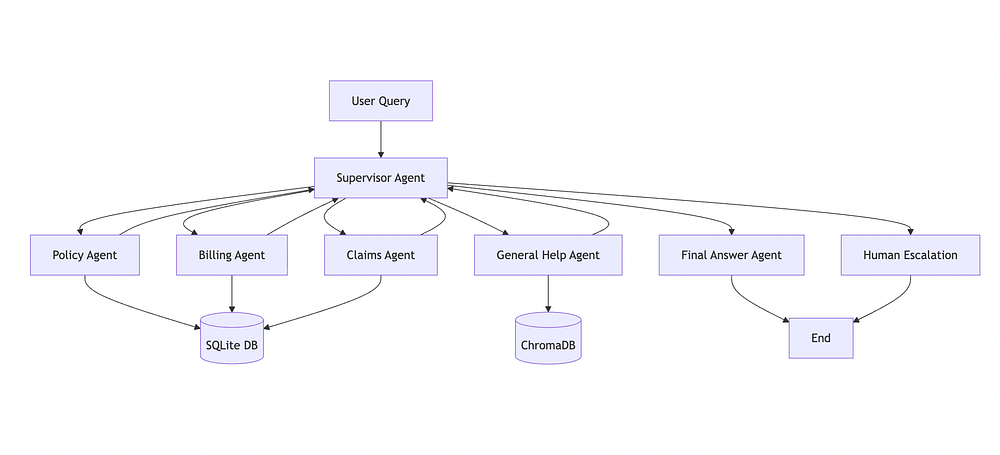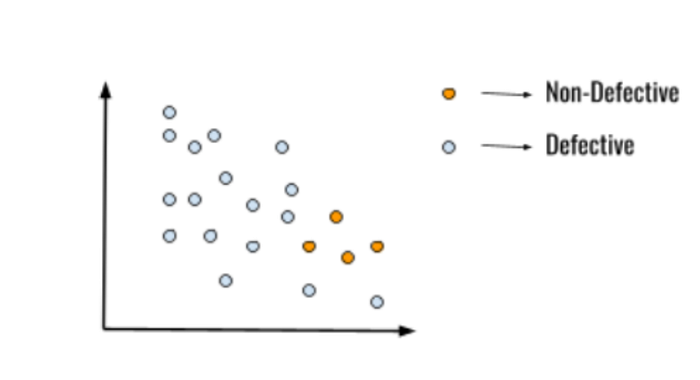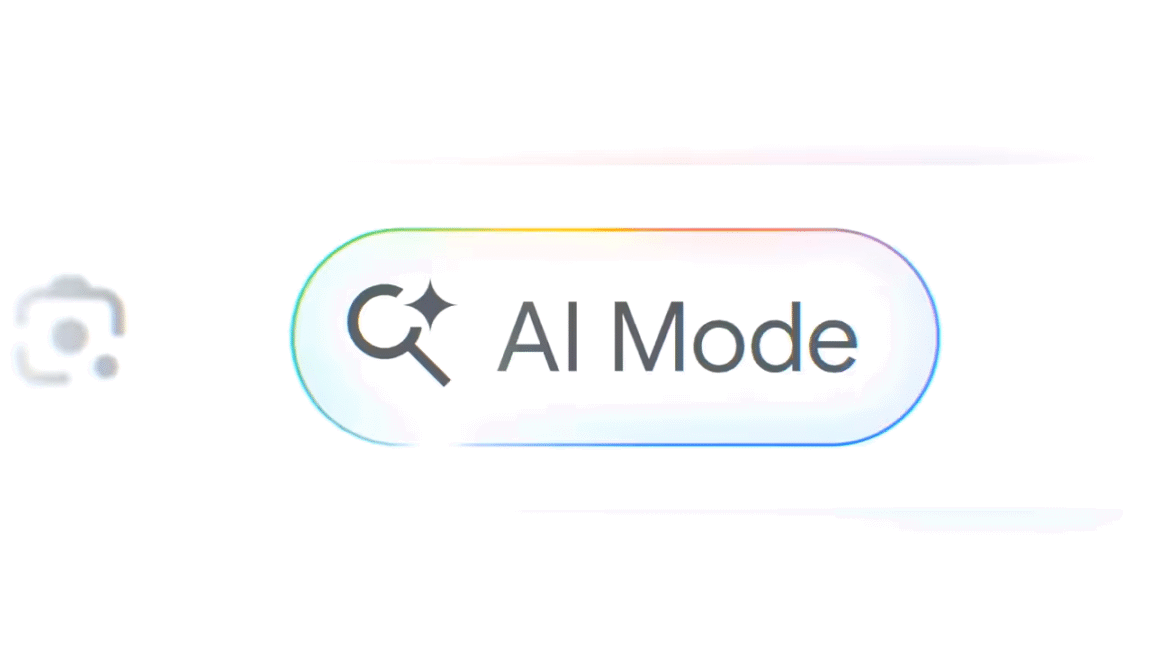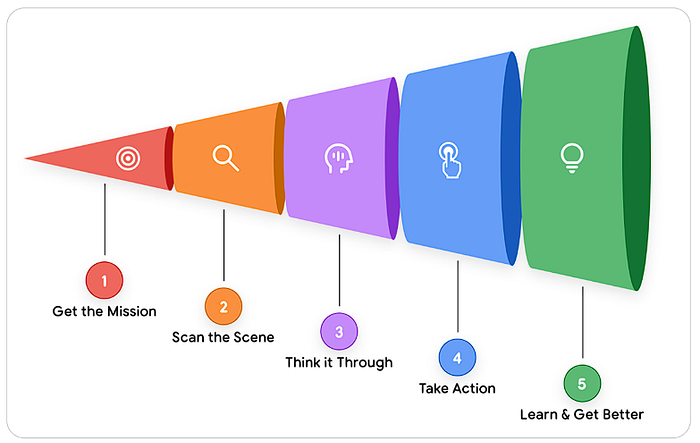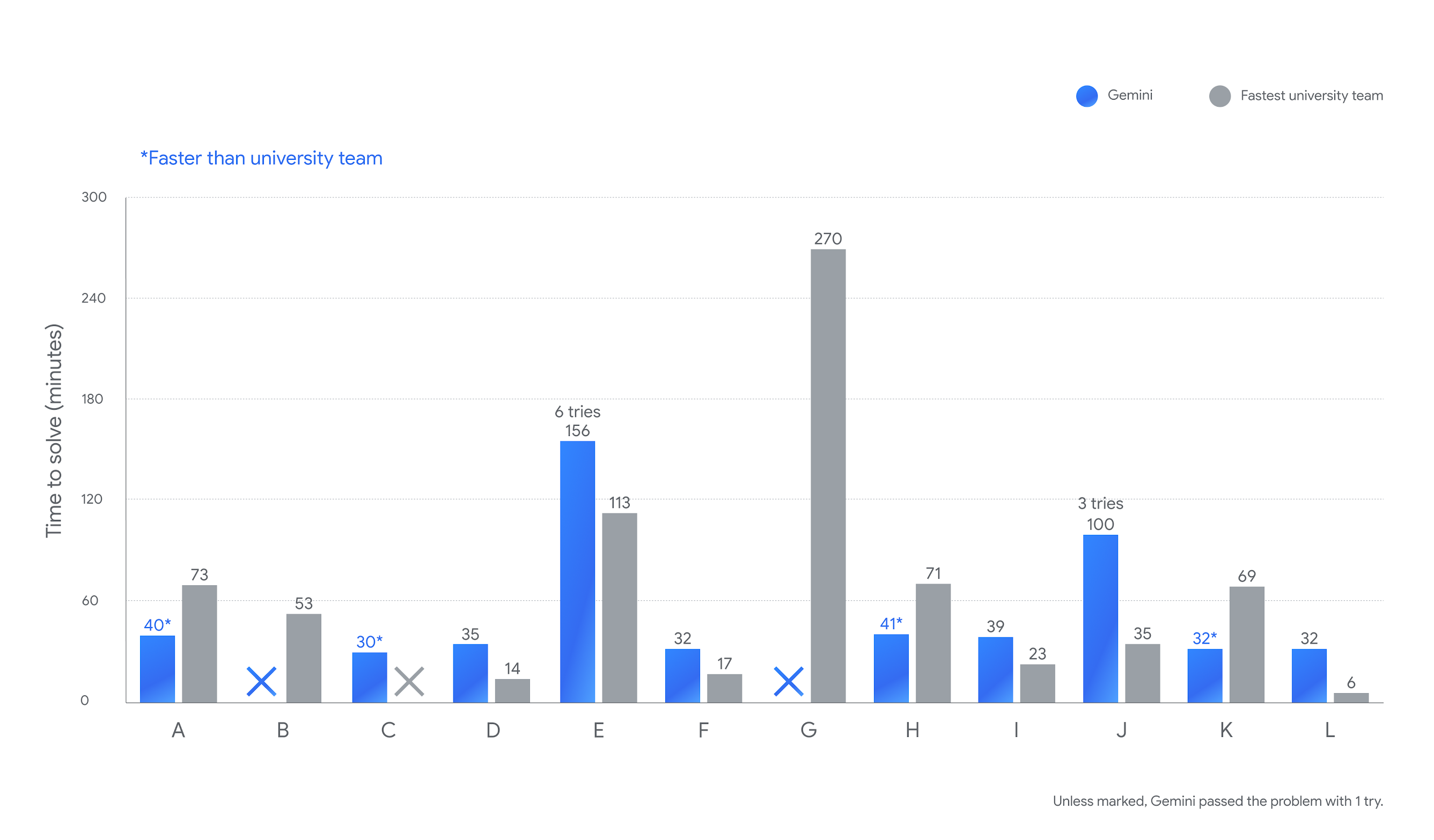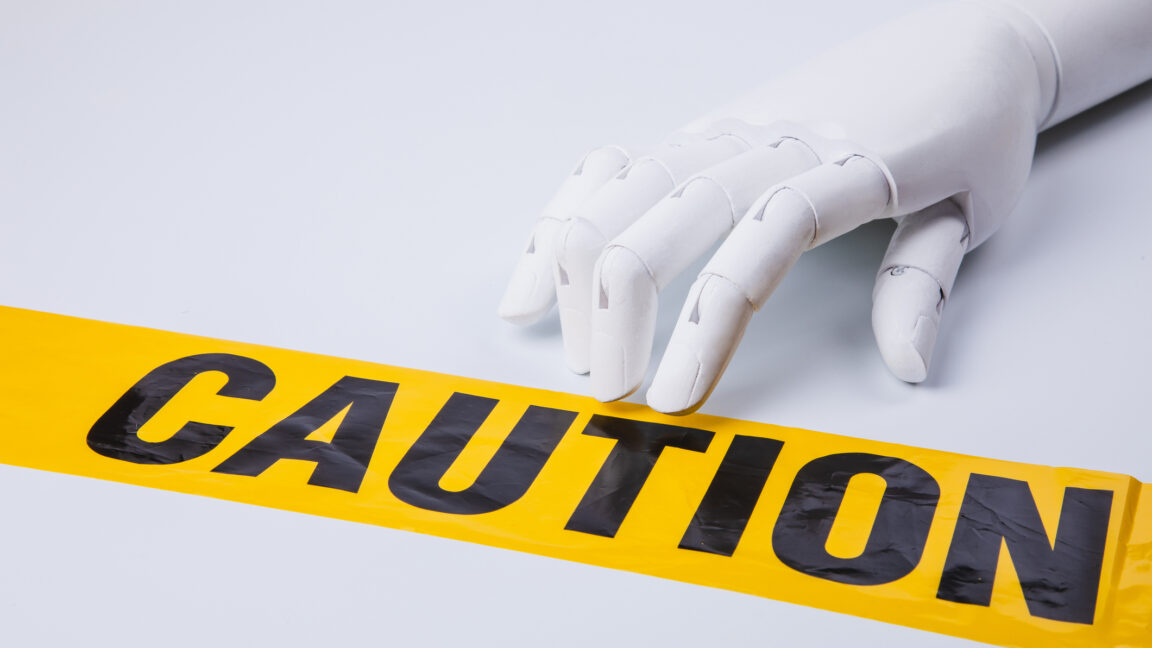Introduction to Systems
When we first encounter terms like causal, stable, linear, and time-invariant, it can seem like another wall of jargon. However, after working through some examples, it becomes clear that each property is just answering a very human question about how a system behaves. These questions include: Can the system see the future? Will it blow up if I give it a normal input? Does it follow the simple math rules we expect? Will it behave the same tomorrow as it does today?
What is a System?
A system is any machine (code, filter, model, pipeline) that takes a sequence of inputs over time and produces a sequence of outputs. Formally, it’s an operator that maps an input sequence to an output sequence. A system encapsulates behavior and may be memoryless, have short memory, or long/complex memory.
Discrete Time Systems
A discrete system is one where the input and output signals are defined at distinct steps — think sequences rather than continuous waves. In practice, this is the digital world we live in: audio recordings sampled at thousands of points per second, pixels in an image grid, or token sequences fed into a language model. Each of these is a discrete signal, and the algorithm that processes it is the system.
Why Care About System Properties?
Why should we care if a system is linear, causal, stable, or time-invariant? Because they tell us whether the system is well-behaved in practice. For instance, a causal system is like a good real-time AI assistant — it doesn’t rely on information from the future. A stable system is safe — it won’t produce exploding outputs when you give it a normal bounded input. A linear system is predictable — scaling or combining inputs behaves the way you’d expect. A time-invariant system is consistent — if it worked yesterday, it will work the same way tomorrow.
The “Big 4” Properties
Here’s how we can think about the “big four” properties without the math fog.
Causal → No Time Machines
A causal system is one that doesn’t cheat by looking into the future — it only looks at the present and past inputs. If I want to transcribe speech in real-time, the system can only rely on the words spoken so far.
Stable → No Explosions
A system is stable if reasonable inputs don’t create wild, infinite outputs. Formally, if the input is bounded, the output also stays bounded.
Linear → Math Plays Fair
If you double the input, you should double the output. If you add two inputs, the output should be the sum of the two individual outputs. That’s linearity.
Time-Invariant → Consistent Rules
If you shift the input signal in time, the output should shift in the same way. The rules don’t change with the clock.
Examples and Applications
These properties are not just abstract concepts; they have real-world applications. For example, a weather forecast that uses today and past data is causal. A forecast that somehow uses tomorrow’s data isn’t. A speaker that plays your voice louder is stable. A broken amplifier that makes a tiny hum explode into ear-shattering noise is not. Two fans blowing at you → wind adds up (linear). Two toasters making toast → doesn’t produce one giant toast (not linear). A coffee machine gives the same coffee whether you press “brew” at 8 a.m. or 8 p.m. (time-invariant).
Conclusion
These four properties — causality, stability, linearity, and time-invariance — may look intimidating on paper, but they boil down to common-sense questions about how systems behave. In mathematics, these are the boxes you check to understand a system. In machine learning, they’re sanity checks that help us reason about whether a model or algorithm will work in practice.
FAQs
- Q: What is a system in the context of AI and ML?
A: A system is any machine (code, filter, model, pipeline) that takes a sequence of inputs over time and produces a sequence of outputs. - Q: Why are the properties of a system important?
A: These properties tell us whether the system is well-behaved in practice, ensuring it doesn’t rely on future information, doesn’t produce exploding outputs, behaves predictably, and remains consistent over time. - Q: What is the difference between a causal and non-causal system?
A: A causal system only uses present and past inputs, while a non-causal system may use future inputs. - Q: How does stability affect a system’s behavior?
A: A stable system guarantees that bounded inputs always produce bounded outputs, preventing infinite or exploding outputs. - Q: What does it mean for a system to be linear?
A: A linear system respects the rules of scaling and addition, meaning doubling the input doubles the output, and adding inputs results in the sum of their individual outputs.



